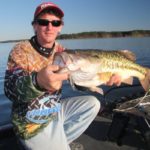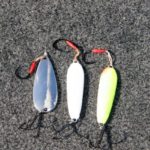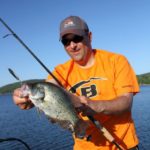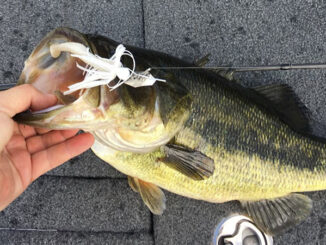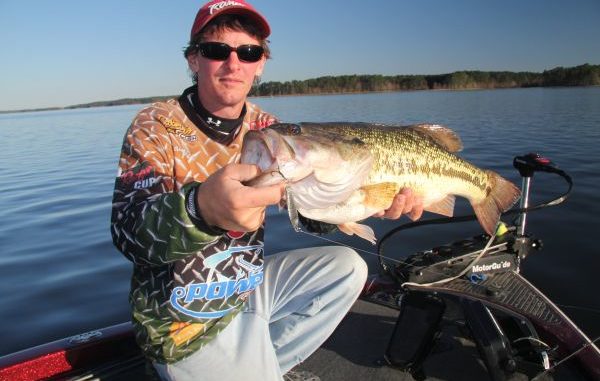
Is there one lure that is better than any other? These expert bass anglers believe spoons are just about perfect.
There lurks in every bass angler’s subconscious this question: If you could have only one lure, what would it be?
Now, take a breath — we know there is no one bait that does everything. The simple fact that we, at times, tempt bass from the surface to the dead bottom tells us that.
Suffice it to say, if you find a one-size-fits-all bass bait it’s probably hanging on a unicorn’s head gear.
Unless and until that happens, what’s the one lure category with the potential to cover the broadest spectrum of scenarios?
For FLW Series pro Glen Freeman of Converse, the choice is simple — he’s going with a spoon.
One of Freeman’s reasons clears up any reservations about this notion.
“Spoons are definitely one of the most-versatile lures we have,” he said. “They can be used in any depth, during the cold months or during the hot months, and we also have a large selection of sizes.”
Seven of Freeman’s eight career FLW victories have come on Toledo Bend, the lake where fellow competitor Stephen Johnston guides.
Also lauding spoons as the go-to bait for numerous scenarios, Johnston said the lure’s effectiveness is a straightforward case of dead-on impersonation.
“If you had to pick one bait to fish year round, the spoon would be the one you’d have to choose,” he said. “You can fish it in shallow water, at midranges and deep in the cold of winter.
“Anywhere you go in the state of Louisiana, the main forage for bass is shad, and that spoon represents a shad. It can be a regular Johnson spoon that you throw out there and wind, a vertical spoon like a Cotton Cordell CC spoon or a flutter spoon that you fish in the midrange.”
Freeman added that the lures have another fish-finding benefit.
“One of the most overlooked (benefits of) the spoon is its ability to catch the smaller fish which bass feed on. Any fish will hit the spoon — especially a small spoon,” he said. “The smaller spoons (like the ¼-ounce CC Spoon) will catch crappie, bream and yellow bass, which are all favorites of big bass: If we find them, we find the bass.”
Favoring a CC Spoon in the ¼- to ¾-ounce sizes, and the Strike King Sexy Spoon in the 4- and 5-inch models, Freeman keeps it real by staying close to chrome colors.
There’s nothing wrong with mixing up the patterns for a tough bite, but starting with a flash that looks like darting baitfish is always a good bet.
“Techniques vary from jigging straight up and down to cast-and-retrieve.” Freeman said. “Most of the time we have to let the fish tell us which way they want it.
“When we can see the bass on our electronics, then it’s time to drop the spoon directly under the boat to whatever depth they are located. A sharp jerk up and then a free fall to give it a fluttering action can be deadly. Casting to a structure area using the same technique will also be very effective.”
While Freeman’s a believer in the enticing allure of a spoon’s fluttering action, he’s most confident with vertical jigging under the boat.
“A sharp jerk up and then a sharp drop on the rod tip will do the trick,” Freeman said. “When casting, I let the spoon drop to the desired depth, I give the reel four or five quick turns and then I let it flutter down.”
